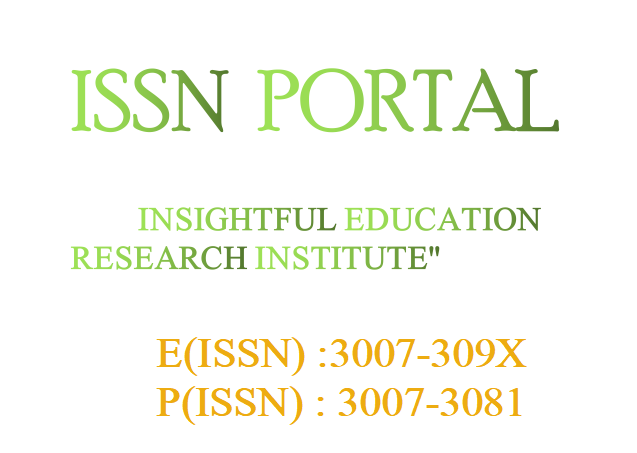EXPLORING THE LEVEL OF AWARENESS REGARDING BETA THALASEMIA AMONG THE PARENTS OF PATIENTS IN DISTRICT SWAT
DOI:
https://doi.org/10.62019/d81gt624Keywords:
Thalassemia, awareness, parents, Prevention, Transmission, Blood TransfusionAbstract
Background: Thalassemia is a hereditary condition that affects globin chain synthesis in varying ways, and affect the hemoglobin production. The study objective was to determine the level of awareness among the parents of patients diagnosed with beta-thalesemia (βT).
Methodology: A cross sectional descriptive study design was used to collect data from the parents of patient that regularly visit the blood transfusion centers in district swat from February to March 2024. The sample size of the study was 235 using purposive sampling technique, while data was collected through reliable and valid questionnaire. The study was approved by the ethical review committee while informed consent were taken from each participant. Data were analyzed through SPSS 22 as descriptive and inferential statistics.
Results: In the current study majority of the parents were female 146 (62.1%), age group 31-40 years 164 (69.8%), house wife's 67 (28.5%), having monthly income 21000 to 50000 107 (45.5%), and parents with no education and matric 60 (25.5%). The majority of the patient level of awareness was good (42%), followed by poor awareness (31%), while 27% of the participant answer were neutral. Most parents are aware of prohibited foods, thalassemia signs, prevention tests, complications, drug avoidance, regular lab investigations, thalassemia genetic disorder, blood-related marriages, and HIV as blood-borne diseases.
Conclusion: The study concluded that majority of the participant level of awareness was good, but a national basis campaign is required that address the preventive strategies to prevent thalassemia.







